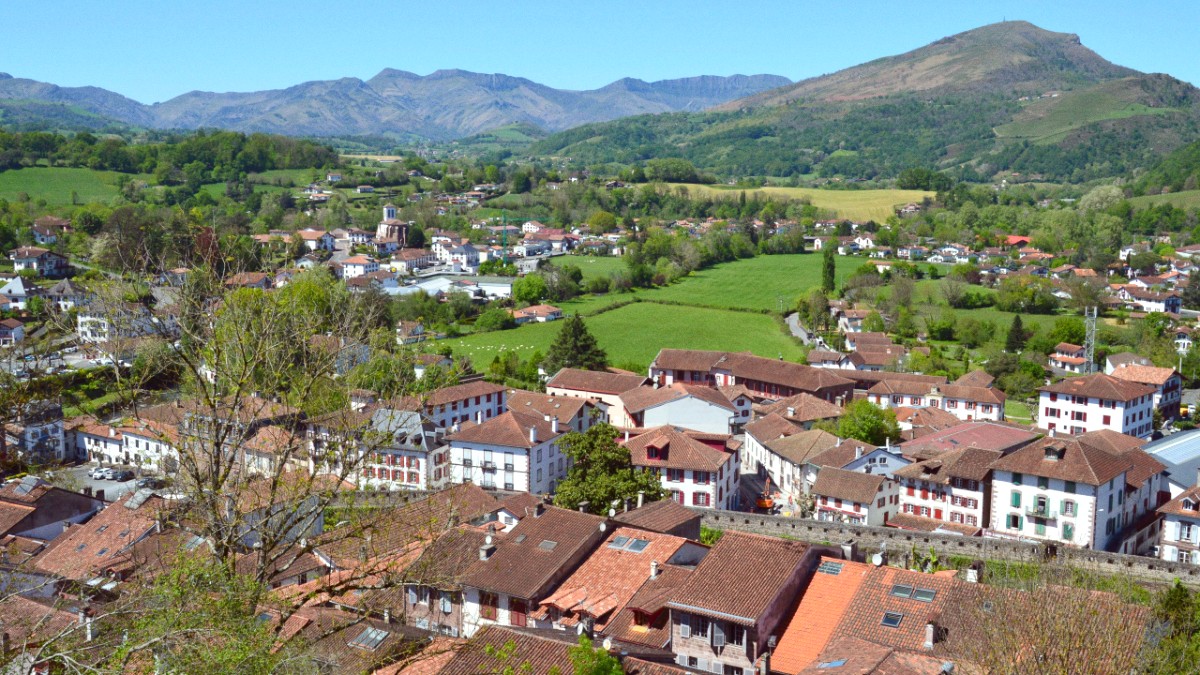
France
Basque cuisine is a testament to the region's agricultural traditions and its deep bond with the Atlantic Ocean. It is hearty, full of flavor, and relies on fresh, seasonal ingredients from land and sea.
The cuisine blends influences from both French and Spanish culinary traditions, creating a distinct synthesis. Food here lies at the heart of family life and social gatherings, embodying hospitality and community.
Strong focus on fresh seafood, often grilled. Tuna stew (marmitako) and grilled squid (chipirons à la plancha) are common. Spanish pintxos culture is noticeable.
More meat dishes like veal stew (axoa de veau). Preparations with local cheeses, mushrooms, and vegetables. Espelette pepper adds flavor to almost every dish.
A flavorful stew with finely chopped veal, Espelette pepper, onions, and green peppers. A hearty dish from inland villages.
Found in traditional restaurants throughout the region.
A robust tuna and potato stew, a traditional fishermen's meal. Seasoned with Espelette pepper.
Found in coastal restaurants, especially Saint-Jean-de-Luz and Biarritz.
Small squid grilled quickly on a hot plate, seasoned with garlic, parsley, and olive oil. Tender and flavorful.
A coastal specialty in seafood restaurants and pintxo bars.
The iconic traditional cake, with a buttery crust, filled with black cherry jam or pastry cream. Available in most bakeries.
Traditional Basque almond meringues from Saint-Jean-de-Luz and high-quality chocolates reflecting Bayonne's long chocolate-making heritage.
For a refined culinary journey, the region features several acclaimed restaurants.
These are plentiful in all major towns, offering a balance of quality, atmosphere, and price.
Excellent places for local life, fresh produce, and budget-friendly meals.
Many cafes and traditional French Brasseries offer simple, affordable meals, including salads, Croque-monsieur, and daily specials.
A relaxed setting for a quick bite or light meal.
Popular in Bayonne, these are social experiences where you move from bar to bar, enjoying small, individual servings of food (Pintxos) with a drink. A lively way to sample local flavors.
A very social and informal way to experience local nightlife.
Major towns like Biarritz and Bayonne offer Italian, Asian, and other European cuisines.
Autumn brings wild mushrooms and game. Festivals feature special food stalls.
Fêtes de Bayonne with Talos and Txistorra; Espelette Pepper Festival in October.
Kanouga (chewy caramel candy) and street crepes are popular treats.
Dedicated Halal restaurants or certified food options are challenging to find. Very limited outside of major French cities.
Similar to Halal, Kosher options are very scarce. Travelers may consider self-catering or pre-packaged meals.
Focus on universally permissible foods like fresh fruits and vegetables.
Online research using Google Maps or dedicated dietary apps (e.g., HappyCow for vegan/vegetarian) helps find suitable restaurants.
Translation apps can bridge language gaps, or carry a small card with clear French dietary restriction phrases.
Hands-on classes in Biarritz and Bayonne focus on traditional Basque dishes like Piperade or Axoa. Some include market visits.
Guided walking tours, especially in Bayonne, focus on Basque food, wine, and Pintxos.
Visit Espelette pepper farms, Ossau-Iraty cheese producers, or Bayonne Ham drying houses for tours and tastings.
Especially popular in Bayonne, these social experiences mean moving from bar to bar, enjoying small, individual servings of food (Pintxos) with a glass of wine or cider.
A lively and informal way to sample a wide range of local flavors.
Some farms offer direct sales of produce like cheese, ham, and peppers. This allows you to interact directly with the producers and learn about their craft.
A chance to taste and buy authentic local products.
Hearty, flavorful dishes based on fresh, seasonal ingredients from land and sea. A blend of French and Spanish traditions.
Service included. Tipping is a gesture of appreciation for exceptional service. Bread is typically served with meals.
Breakfast is light. Lunch is often the main meal with fixed-price menus. Dinner can be elaborate.
Engaging with local culinary traditions can greatly enrich your visit.